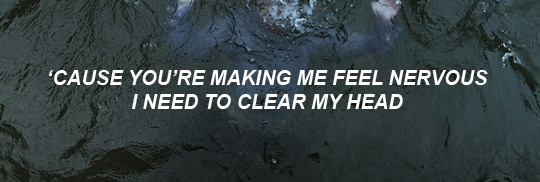Narrative analysis tells of a specific story. In his essay, Walter Fisher explains that narratives aren’t just stories or about stories, but the way stories are told. Fisher in this essay, is pushing for the reader to accept that narration is a relevant paradigm, as opposed to being a mode of discourse. He introduces the concept of rationality, and how humans tend to be rational beings. In the essay, Fisher wants the public to view narrative similar to those who are experts. Within the public, there are segments of people who are rational and can participate in discourse and those who cannot.
Fisher tells of “narrative fidelity” which is a theme describing a compelling story because of how relatable or realistic it is. He explains, “We learn these truths by dwelling in the characters in the story, by observing the outcomes of the several conflicts that arise throughout it, by seeing the unity of characters and their actions, and by comparing the truths to the truths we know to be true from our own lives. In other words, the story exhibits narrative probability and fidelity across time and culture.” A narrative also includes components such as characters, conflicts, plot, theme, and scene.
In the song, “Winter of Our Youth” Bastille illustrates the fear of growing up. This storytelling functions as Narrative Fidelity due to the fact that this fear is common. No one wants to “grow up” and face responsibilities.
It’s 4am here comes the fear
I’m not prepared yet
And when we pick over the past we
Glorify it
I found this song to be compelling because Dan Smith accurately captures what it feels like as we grow older. Many relate to feelings of anxiousness as well as feeling the need to grasp onto anything nostalgic.
The setting of the song takes place in the intermezzo taken from the film Act Your Age:
So the question is, why doesn’t he grow up
Why does he still behave as a child
How can we help him get rid of these leftovers from childish behavior?
Dan Smith is his own character in this story. He regrets how he spent his “younger” years and feels as though he has let the people around him down. His inner-conflict is that he has constantly dwelled on the past and he let himself go “too far.” I think he feels that he never allowed himself to live in the present. He continuously lets himself become consumed with comparing the past and now – the past always seems to outshine what is currently happening and he cannot figure out why.
I let myself bathe in the past for way, way, way too long
And now it seems I’ve drunk too much to give you what you want
His mentioning of “pedaling backwards” gives me the illusion of Dan being in a dream. I have had those weird dreams where I am trying to run somewhere and I can’t move no matter how hard I try. I picture the scene sort of like that. He is pedaling as hard as he can but can’t get anywhere. Bastille, yet again, creates a story that allows to reader to easily follow along because it is realistic and authentic.

BIBLIOGRAPHY:
Fisher, Walter R. ” Narration as a Human Communication Paradigm: The Case of Public Moral Argument”. Communication Monographs, 51. (1984) : 290-312.

